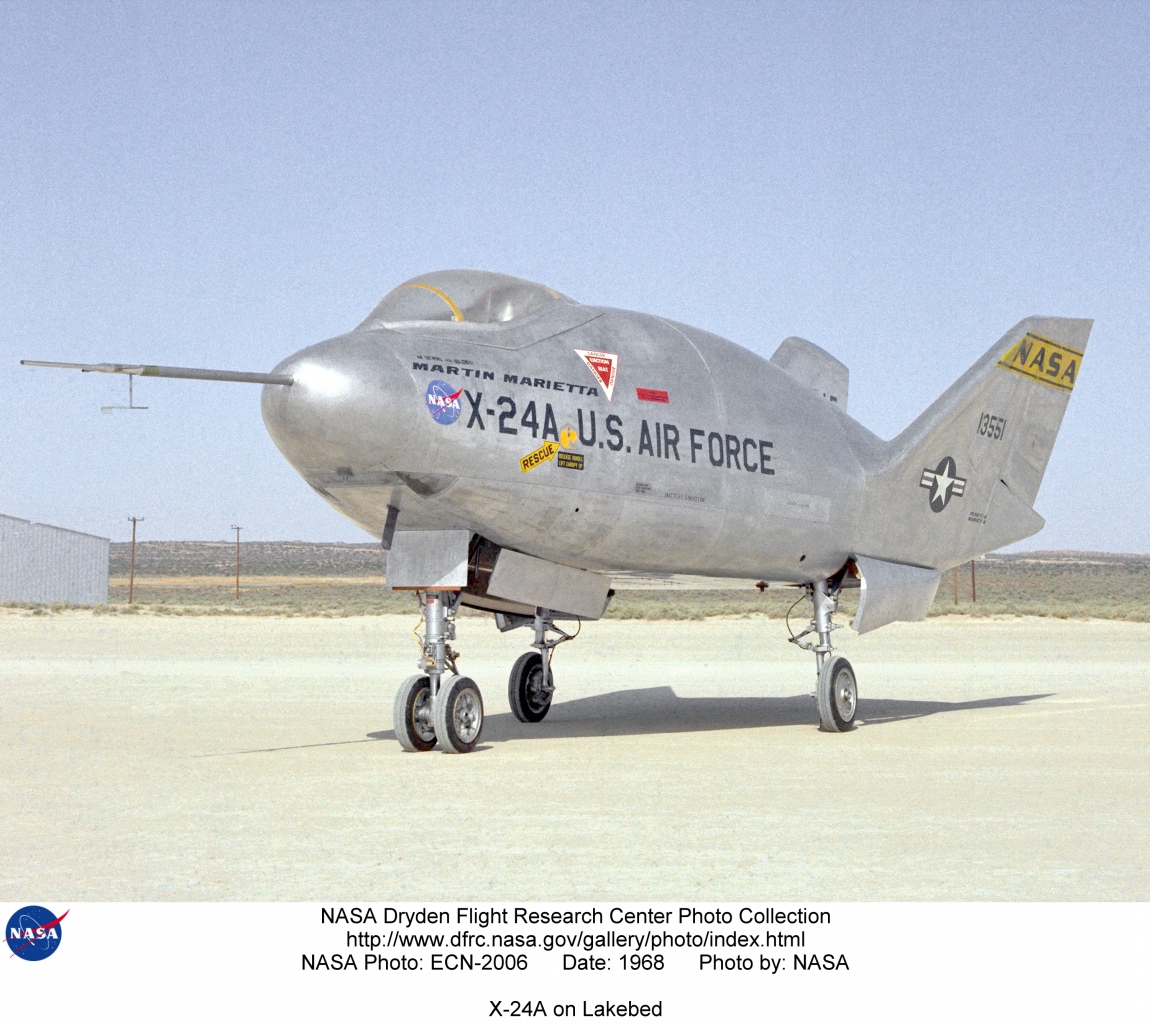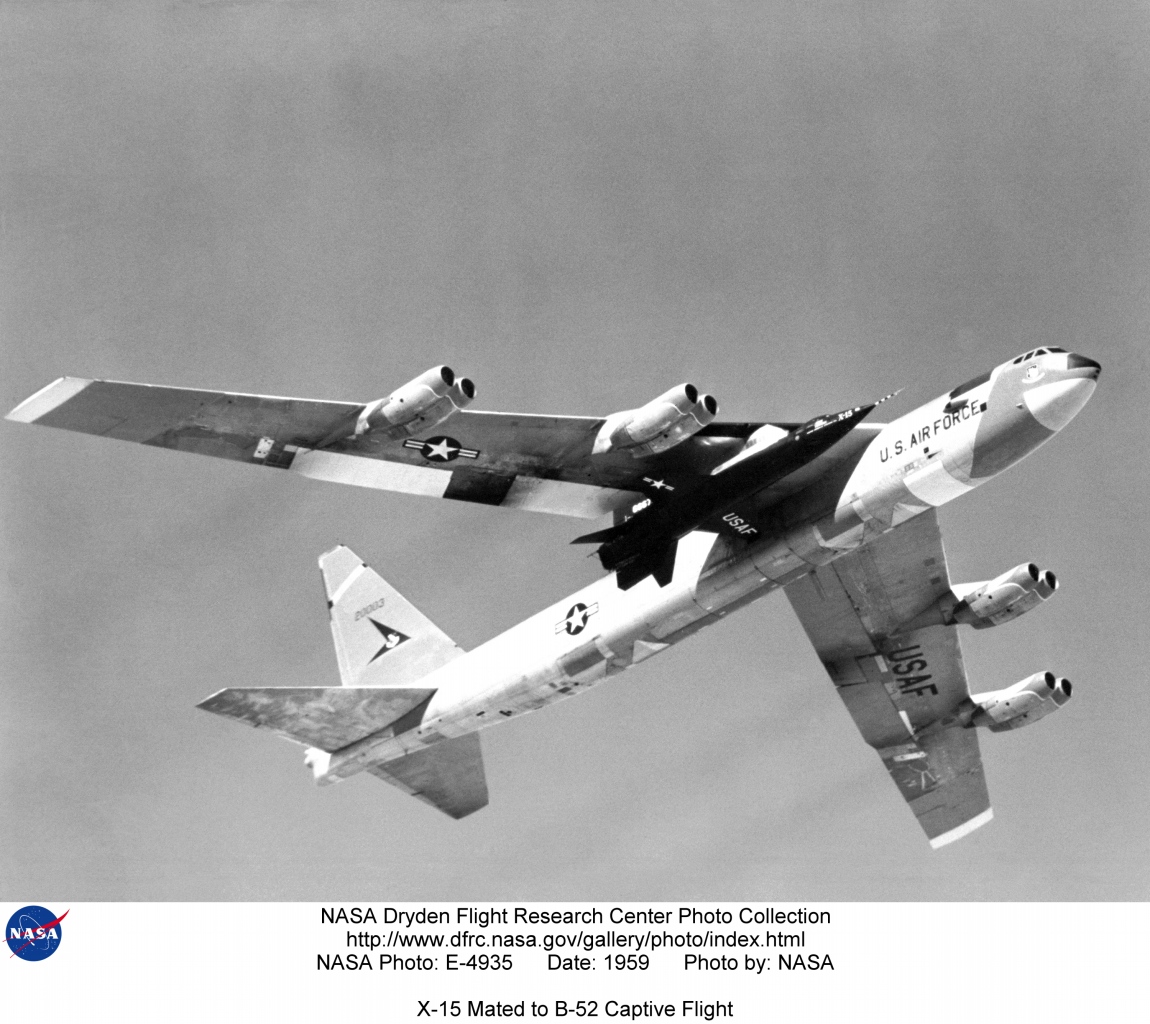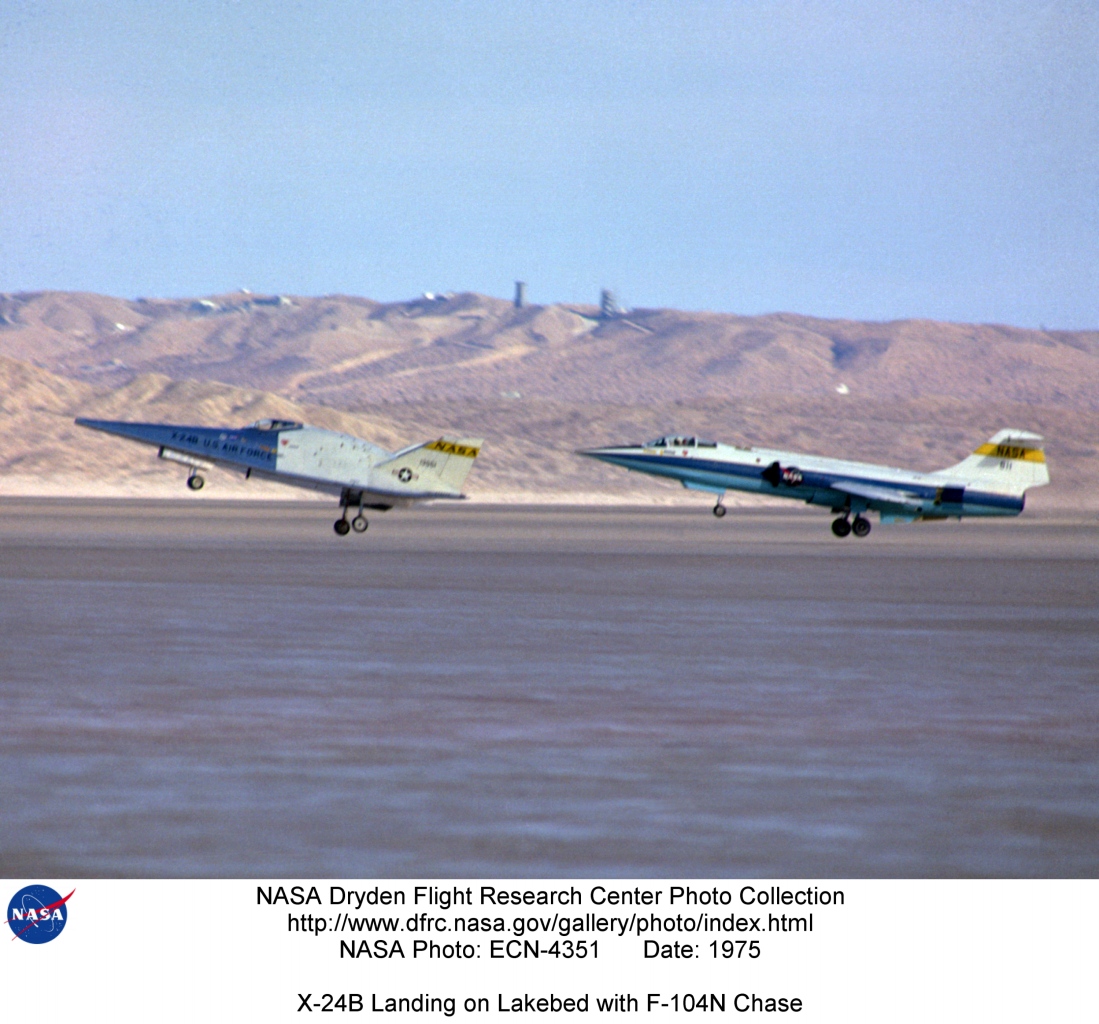Back in the early days of space launch, the U.S. conceived the idea of the Manned Orbiting Laboratory, or MOL (pronounced “mole”), and built Space Launch Complex 6 at Vandenberg AFB from which it would be launched. But when unmanned satellites proved both capable and robust, DoD dropped the idea of a manned military outpost as both unnecessary and cost-prohibitive. The MOL program was cancelled, and SLC-6 mothballed until the next program came along.
I have to wonder, then, why the Chinese have apparently decided that they want to orbit a military space station as early as next year.
As I wrote yesterday in the Space Warfare Forum,
That’s right, folks: a Chinese MILITARY space station. Not a Chinese module on the International Space Station, not a Chinese civilian, scientific space station, but a Chinese MILITARY space station.
Here’s the story, complete with images of the model unveiled during Chinese New Year celebrations.
And here’s what we have in the works: .
Looks as if we’re giving up the high ground.
I haven’t seen much other discussion about this, and that bothers me. I can only hope that my old Air Force compadres are on the case, but keeping mum about it.
Meanwhile, maybe I’ll dust off the nonfiction space superiority book I wrote a few years ago and see if I can update it and interest someone in publishing it.



 by
by 









